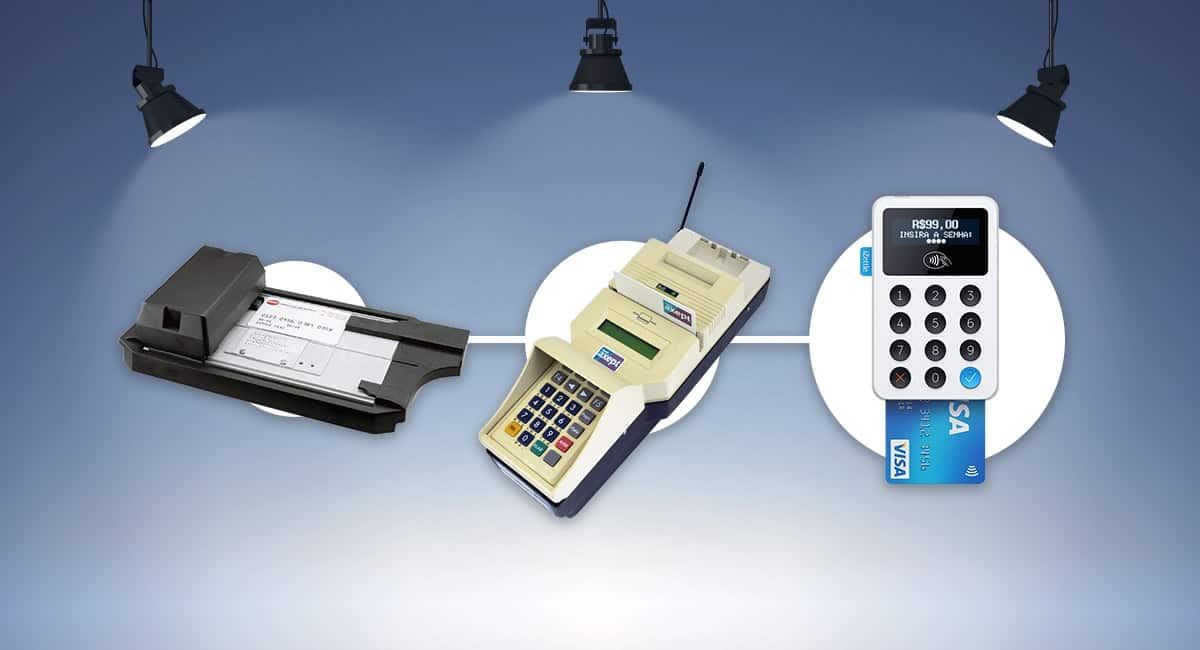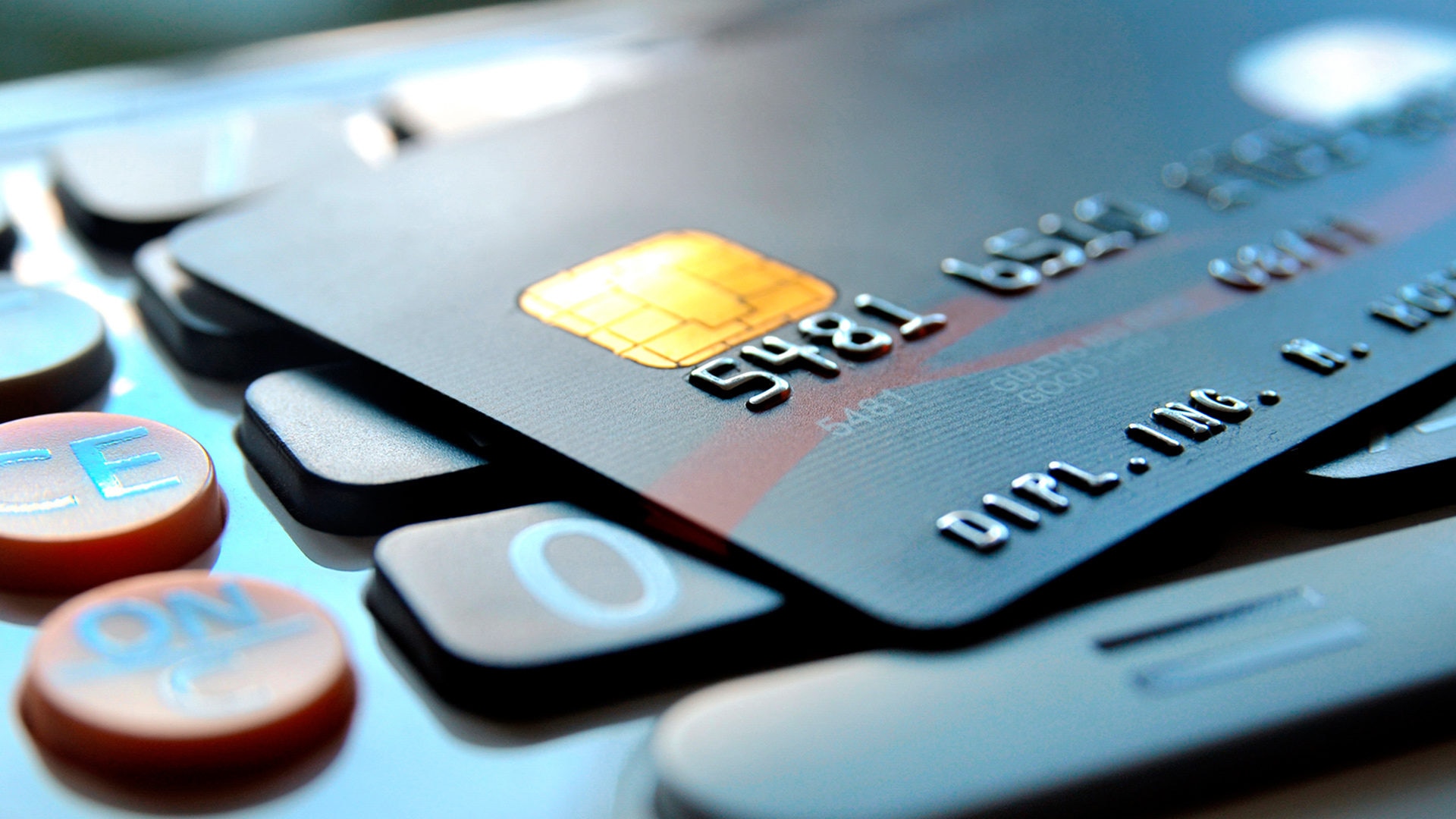
The start of credit card
While closed loop charge cards started with retail, oil and tour businesses in the early 1900s, it wasn’t until the Nineteen Fifties when what we comprehend as the current day savings card used to be born.
It all started out in 1949, when Frank McNamara, a distinguished executive, forgot his pockets while dining in a Manhattan restaurant. The embarrassment of now not being in a position to pay precipitated McNamara to return a 12 months later and pay for his meal with a small cardboard “charge” card, the precursor to the Diners Club Card, which grew to be the world’s first multipurpose cost card.
While the Diners Club Card was once cardboard, American Express introduced the first plastic credit score card in 1959. Credit cards without a doubt entered the mainstream with sizable acceptance in the Nineteen Sixties when Bank of America (eventually Visa) added the general-purpose credit score card through licensing their manufacturer to banks, which allowed shoppers to make installment payments on their purchases.
Credit card evolution
Affectionately called a zip-zap laptop or knuckle-buster, the guide imprinter was once one of the first deposit card processing “technology” used by way of merchants. The imprinter allowed a service provider to capture the facts on a customer’s credit score card, and furnished three copies the use of carbon paper—one every for the customer, the bank, and the merchant. (The nickname “knuckle-buster” came from the truth that personnel often developed skinned knuckles from the repetitive motion of the use of the machine.)
When guide card imprinters have been commonplace, card authorization and approval weren’t section of completing a credit score card transaction. Instead, Mastercard and Visa issued a booklet listing all the credit card numbers that had been cancelled, stolen, or had been past due, for merchants to cross-reference before verifying purchases. It was once a time-consuming process, and frequently inefficient on account that the booklet went out of date quickly. Many small corporations just skipped this part of the manner altogether, which left them inclined to fraudulent charges.
As more shoppers started to use savings playing cards and transaction quantities grew larger, telephone authorization was once introduced as a way to decide a customer’s savings line and facilitate a transaction. Merchants persisted to use the guide imprinter to seize cardholder data, but may want to also call a phone variety listed on the again of the card to confirm money availability. This system usually took a accurate amount of time and was once no longer always accompanied by all merchants.

Shortly after an engineer at IBM developed magnetic stripe technology in 1969, the card brands started out incorporating it into savings cards to keep purchaser facts used to facilitate transactions. Ten years later, Visa added the first factor of sale terminals, which started replacing manual imprinters. POS terminals allowed a business to electronically seize and send credit card information, appreciably speeding up the transaction approval process, and contributing to the increase in credit card usage.
As laptop technology rapidly advanced, the POS terminal grew to become extra and extra advanced, as well. POS structures had been not only capable to process transactions faster and extra securely, but also had the capability to combine with other commercial enterprise structures such as accounting, inventory tracking, and employee scheduling. Some structures allowed retailers to capture customer statistics and provide loyalty programs, in addition promoting credit score card usage.
While the magnetic stripe used to be among the first efforts to invulnerable credit score cards, the introduction of of EMV took the effort various greater steps forward. The chip cards we have all end up greater familiar with in recent years, use an embedded pc chip to defend transaction data. EMV chip playing cards require exceptional hardware to manner than magnetic stripe cards, due to the fact they are “dipped” instead than swiped in the terminal. EMV chip card acceptance in the US has been on the upward shove since the fraud chargeback legal responsibility shift that took location in October 2015. In the UK, chip and pin was applied in 2006 and marked the largest trade in the way Europeans pay.
Other charge science advancements have taken credit card transactions to a entire new level— making it viable for a commercial enterprise to be given impenetrable payments in-store or remotely using a bodily card or mobile device, online on an eCommerce site, and even on a mobile app.
In 1994, the first on-line sale was facilitated by UK-based retailer, Shop Direct. The improvement of Near Field Communication (NFC) technology, which permits two units to talk when in shut proximity, has enabled contactless payments the usage of a smartphone and a mobile wallet such as Apple Pay and Samsung Pay. Virtual price terminal science makes it feasible to take repayments on-the-go, the usage of a mobile gadget or tablet.
